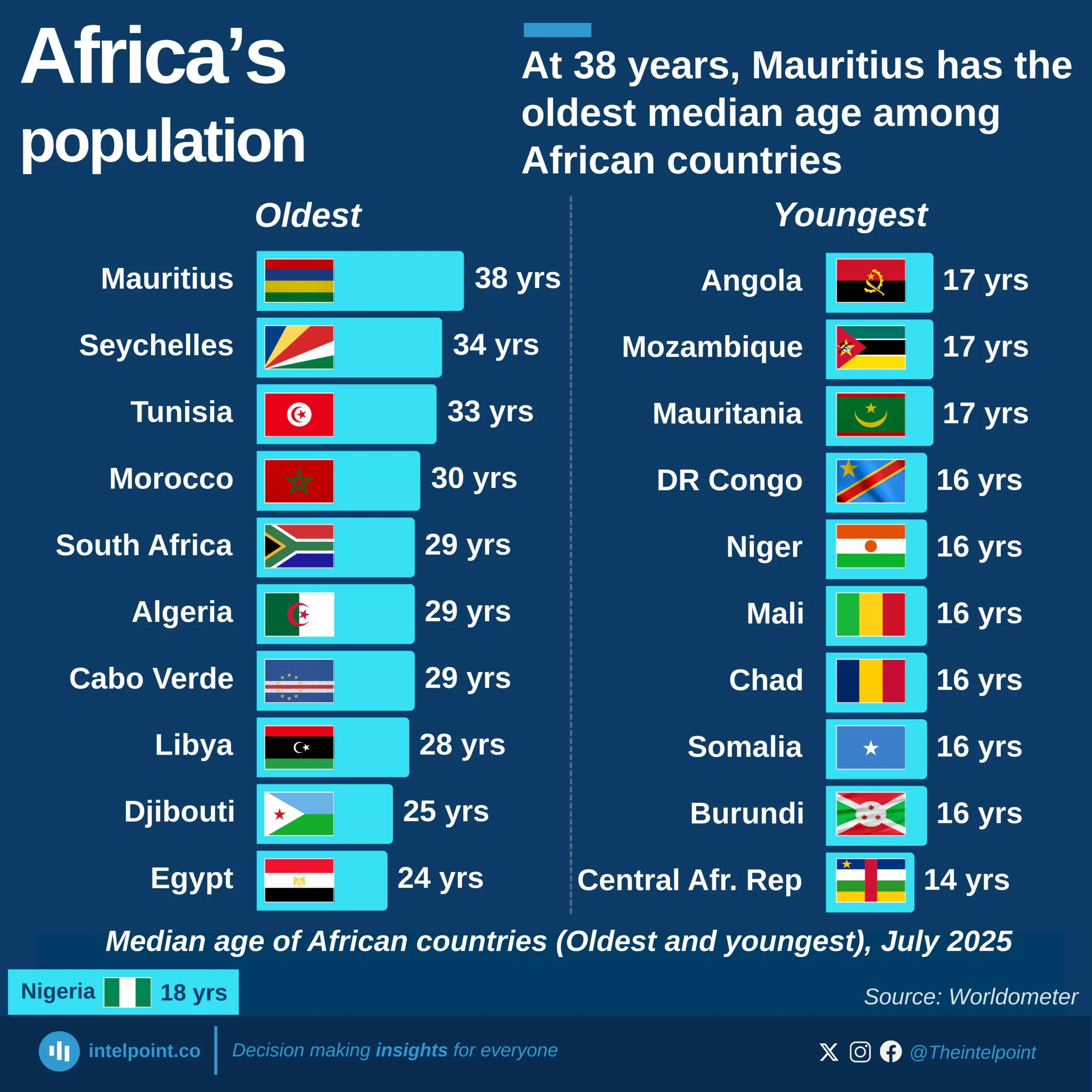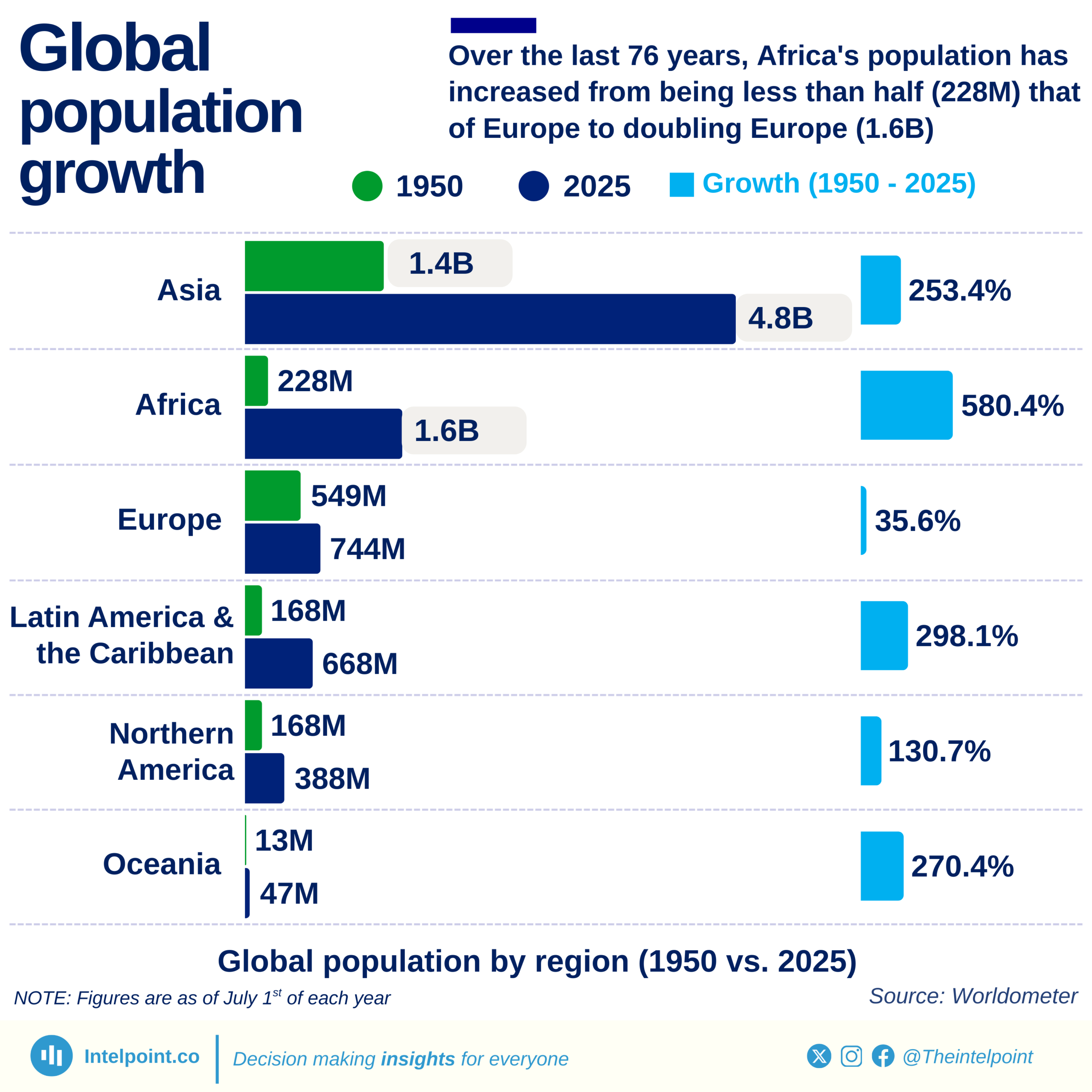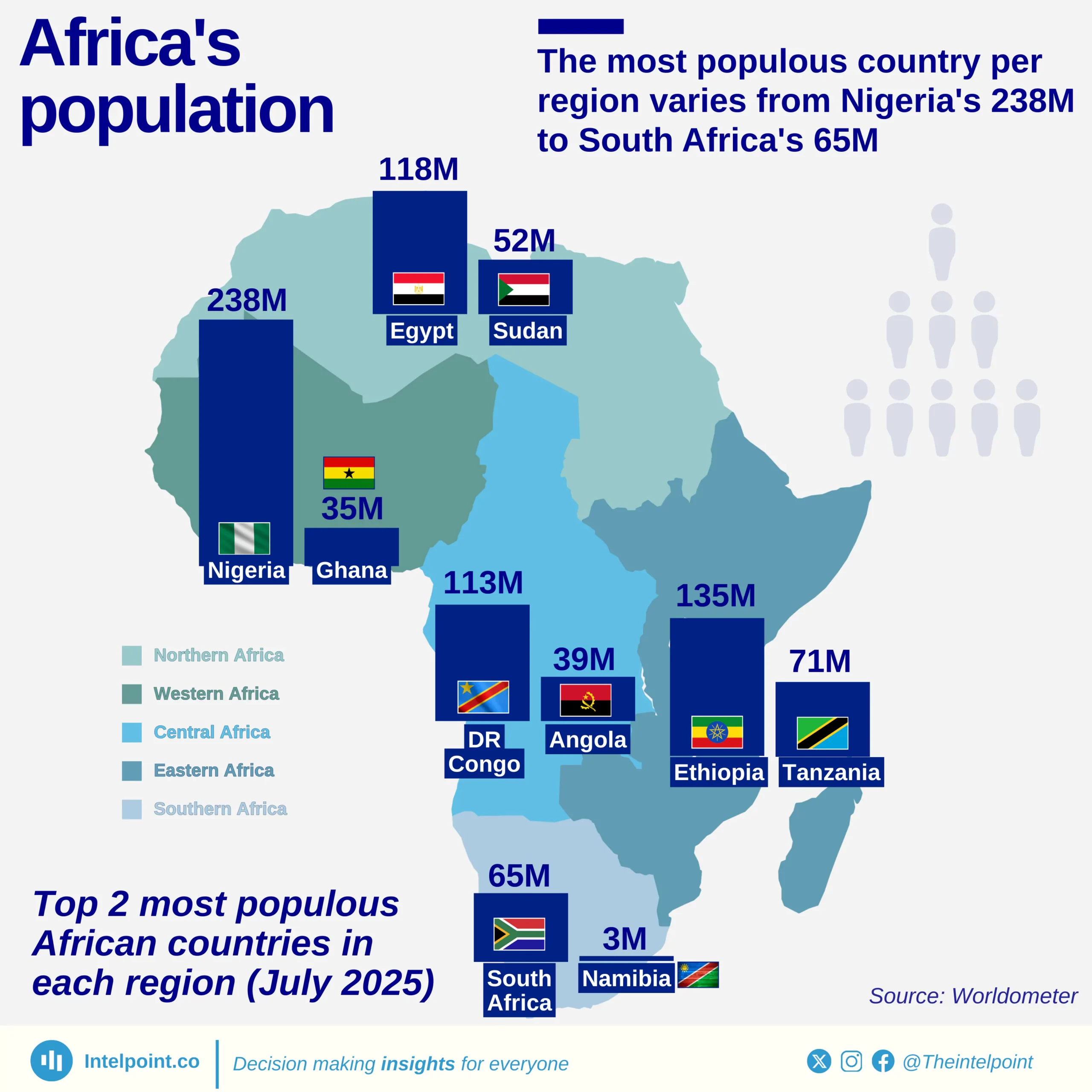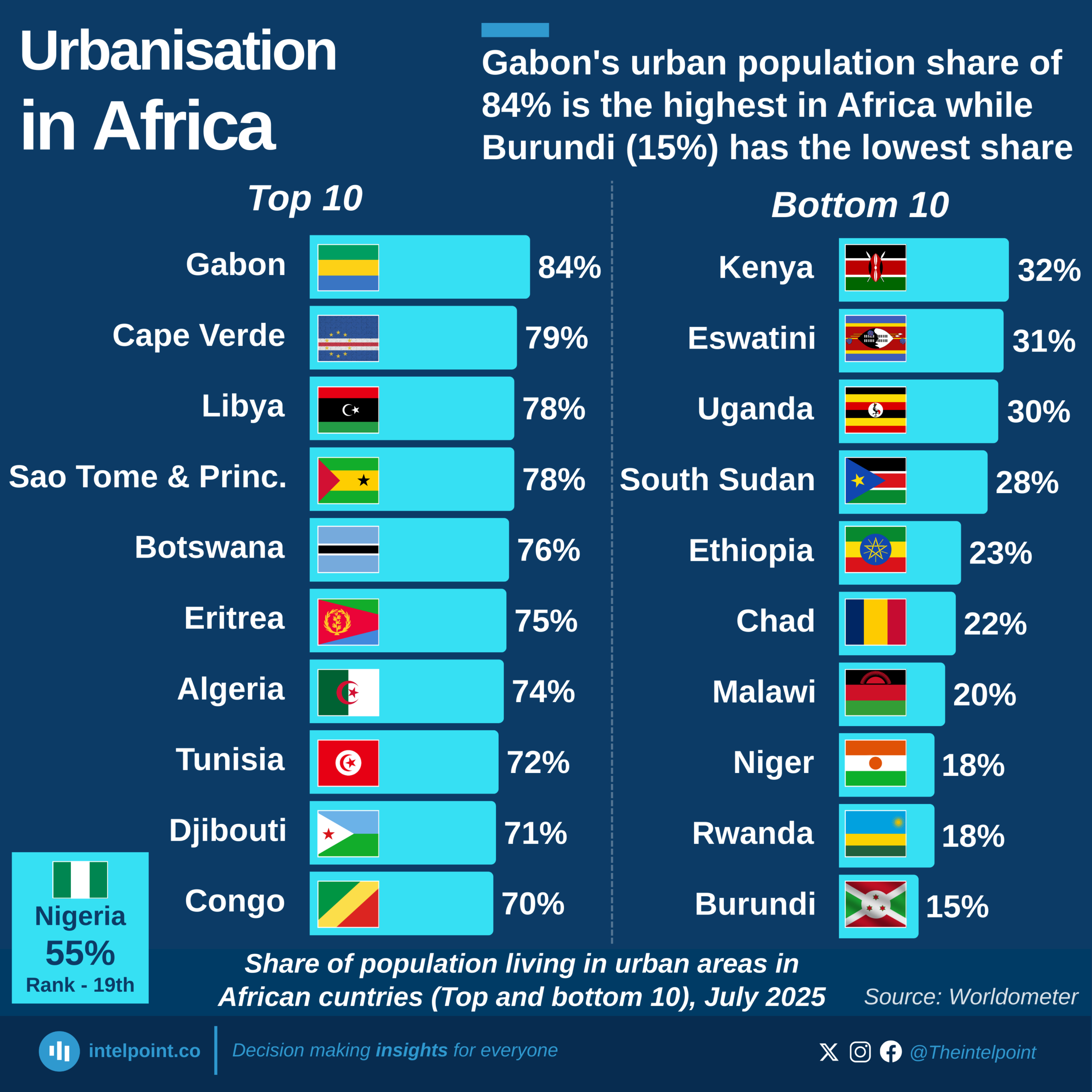As important as agriculture is to the African economy, its workforce and growth vary by region. In East Africa, countries like Ethiopia, Tanzania, Uganda, and Kenya are heavily dependent on agriculture, but face challenges such as land degradation, which threatens productivity and food security and affect their agricultural potential. In West Africa, countries like Nigeria struggle with a gap in the agricultural workforce, leading to high food imports, while Ghana, despite a smaller agricultural workforce, has opportunities for growth through cash crops like cocoa. Central Africa, represented by the Democratic Republic of the Congo, faces similar issues with infrastructure and political instability, hindering agricultural growth.
In Southern Africa, countries like Mozambique and Madagascar rely on agriculture for economic stability, but face challenges like land title disputes and limited productivity due to climate change and land-use issues. North Africa's Egypt, with a large population, contends with limited arable land and water scarcity, making it highly reliant on irrigation and food imports. Across the continent, agricultural sectors face common challenges like climate change, infrastructure deficits, and inadequate policies.





